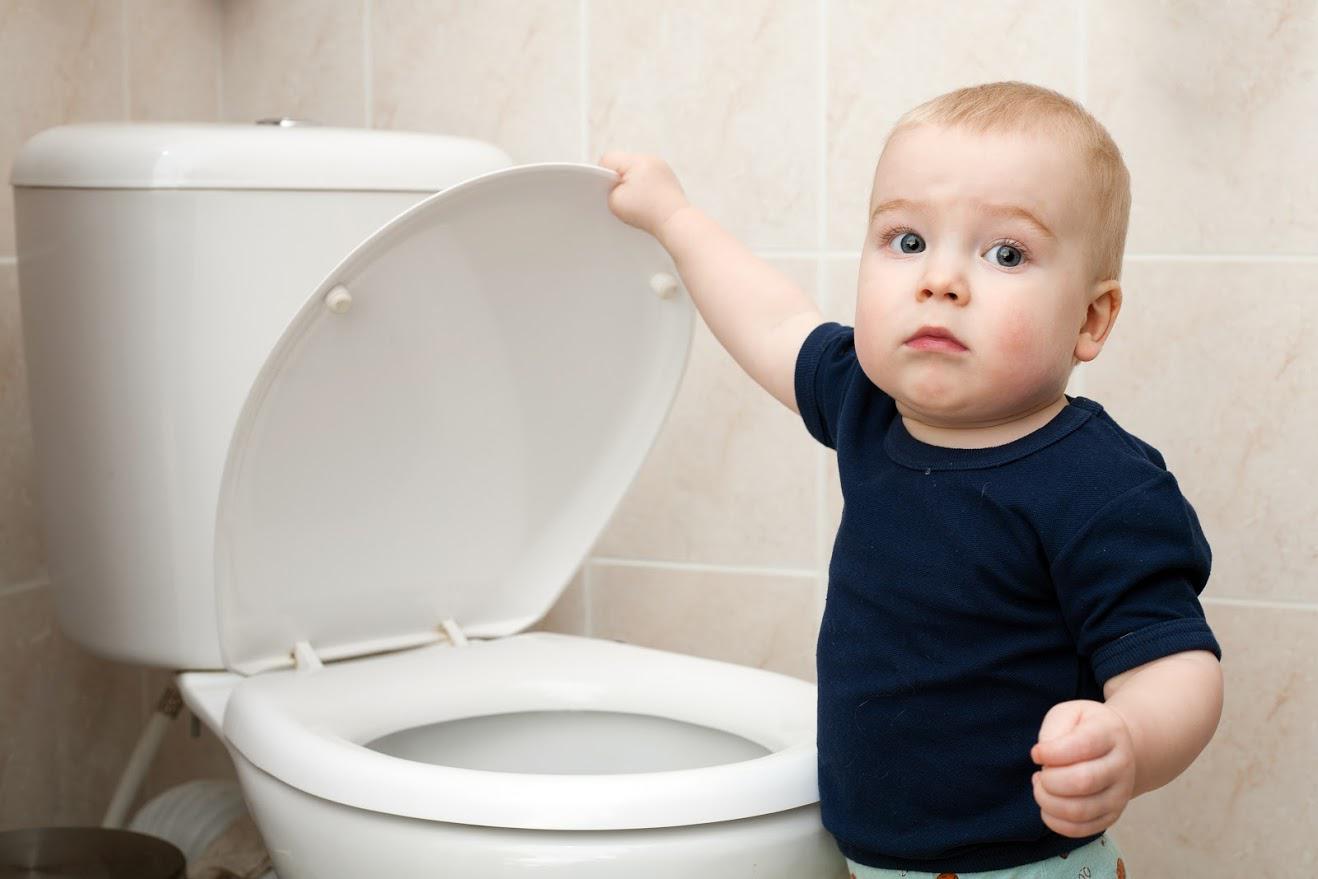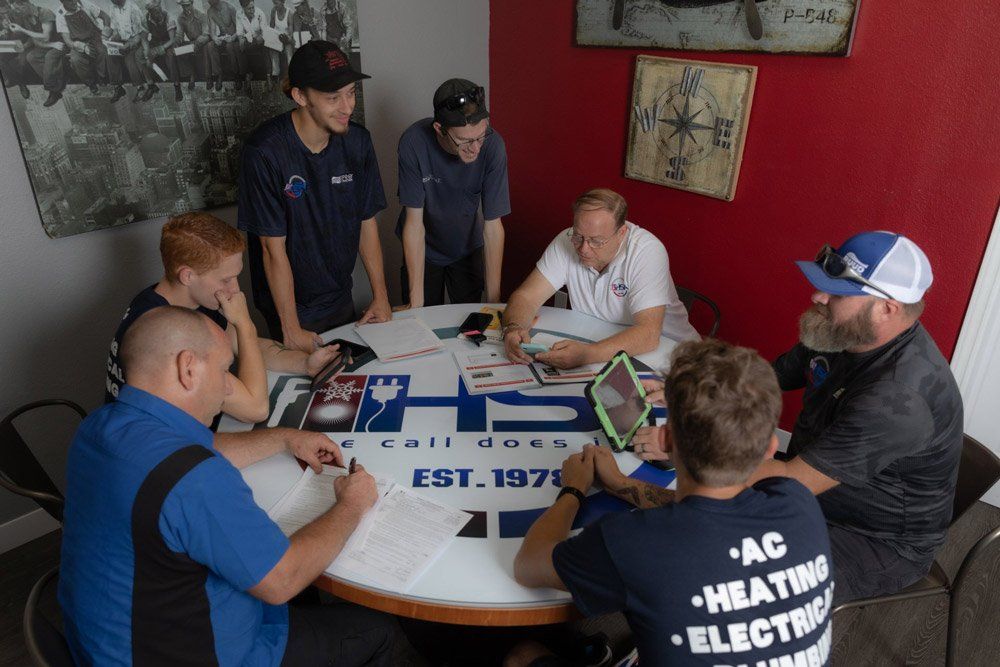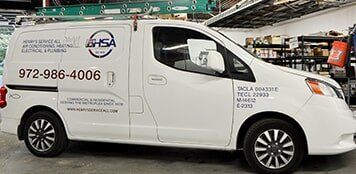3 Toilet Troubles and How Your Plumber Resolves Them

How can you tell when your toilet should be replaced? Some toilet problems aren't the toilet's fault at all, while other toilet problems indicate that your toilet has seen its last useful days. Here's a quick guide to three toilet problems and how your plumber resolves them.
1. Your Toilet Won't Flush Properly
Do you engage the handle on your toilet and hear a gurgling or sucking sound? Does the toilet flush slowly or not at all? Your toilet may have a clog. If you have kids, they may have dropped something in the toilet.
Your plumber can find the clog, which could be anything from a bar of soap to a toy. In some cases, animals like rats and frogs can make their way up your drain and enter the S-trap in the toilet. Your plumber can help you with that, too. The plumber will also show you ways to keep unwanted critters out of the drains.
A backed-up septic tank or sewer line can cause a toilet to flush sluggishly. If your septic tank is backed up, you'll need to have it pumped. If the sewer lines are clogged due to recent flooding or another issue, you'll need to contact the utility in charge of your street's sewer system.
One more cause of a slow-flushing toilet is a clogged vent stack. The vent stack is a vertical pipe that allows gas to exit your drainage lines. Water sits in the drain traps between your water fixtures and your main stack.
When the vent stack is clogged, it siphons the water that sits in the traps. Stinky, rotten-egg odors can fill your home when you have a vent-stack issue. Your plumber can clear the vent stack of leaves, animal nests, and other debris to get your toilet flowing freely again.
2. You Have to Use Your Plunger Frequently
Your toilet may flush all the way without gurgling or making other noises, but you may often have to use a plunger to convince the toilet to completely do its job. This issue is usually a toilet problem.
Older low-flush toilets are not as well-designed as newer low-flush versions. Many older low-flush toilets require several flushes to send waste down the drain lines. If your toilet is an older low-flush toilet, it's time to invest in a new, more reliable fixture.
Mineral deposits can also plague older toilets. If your well water or municipal water is full of minerals, the particulates collect wherever water passes in the toilet.
Corrosion builds up on:
• Inlet holes along bowl rim
• Siphon tube above flapper
• P-trap or S-trap in toilet
The flapper won't seal properly when there's heavy mineral buildup on the siphon tube. When the bowl-rim inlets are clogged with corrosion, inadequate water flow into the bowl can cause incomplete flushing. Replace a heavily corroded toilet tank with a new toilet that looks and performs better.
3. Your Toilet Leaks
Leaking toilets don't simply make messes on your bathroom floor. They can also waste up to 4,000 gallons of water per day. If you have a serious leak in your toilet, you'll suffer increased water and sewer bills. You may have to repair damage to your home's bathroom floor and any ceiling below the leaking fixture.
Some toilet leaks are easy to fix. In these simple cases, water is leaking from the tank into the bowl without affecting any surfaces outside of the toilet.
An easy-to-fix internal toilet leak is often caused by a defective flapper assembly or fill valve inside the toilet tank. If you use chlorine-based cleaning tablets in your toilet tank or bowl, you could be inadvertently eroding the rubber flapper and other components inside your tank. An eroded flapper won't seal the tank.
Your plumber can replace your toilet tank components, including:
• Flapper
• Trip lever
• Broken flapper
chain
If water pressure fluctuates in your home, excess water will flow into an overflow tube and cause the fill valve to stay in the open position. Your plumber can replace your float-ball fill valve with a piston-operated fill valve. Piston-style fill valves guard against constant overfilling and leaking in your toilet tank from changes in water pressure.
Cracks in the porcelain of your toilet cause external toilet leaks. Cracks may occur in the bowl or the tank. The first sign of a cracked toilet is leaking on the surface of the tank and the floor around the tank. However, toilet-surface wetness and floor leakage can be caused by condensation forming on the porcelain.
Inspect your toilet for hairline fractures inside and outside of the tank. A tiny fracture or crack can cause the entire tank to break suddenly and spill water everywhere. Replace a toilet with a cracked tank as soon as possible to avoid this disaster.
Cracks can form anywhere in the bowl area of your toilet. A tiny bowl crack is not as urgent an issue as a tank crack, but you should have a toilet with a bowl crack replaced just to be on the safe side.
If you're having toilet troubles , contact Henry's Service All today for a complete toilet inspection. We have been repairing and replacing Texas toilets since 1978.











